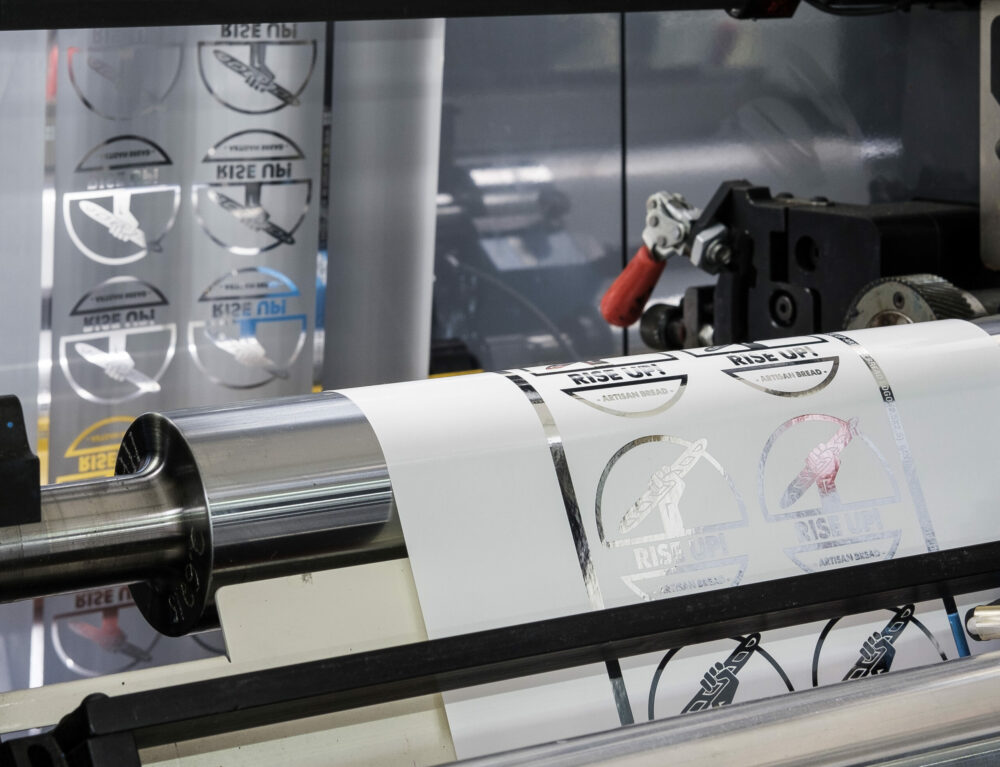First impressions matter, and for your product, that often starts with the label. A clean, professional label speaks volumes about quality, while a wrinkled, poorly-applied one can give the impression of a low-grade product. This can hurt sales and damage your brand reputation.
Fortunately, avoiding these pitfalls is easy with a few key considerations. This post dives into the three most common causes of label application defects and provides solutions to ensure your products look their best.
The Troublemakers: Three Common Causes of Label Defects
1. The Container

Material Mismatch: Not all labels are created equal! Choosing the wrong material for your container can lead to a variety of problems. For example, a label designed for a cardboard box might not adhere properly to a glass jar. Ensure compatibility by consulting with your label supplier and considering factors like:
Surface Texture: Glossy surfaces may require different adhesives than matte finishes.
Rigidity: Flexible containers may need more pliable labels to avoid wrinkling.
Sizing Matters: A label that’s too big for the container will overlap and look messy, while one that’s too small might leave parts of the container exposed. Double-check measurements to ensure a perfect fit.
Adhesive Selection: There’s a reason there are so many adhesive options! The right adhesive will depend on the container material, application temperature, and even the product itself (think moisture resistance for chilled or frozen foods).
2. The Environment

Temperature and Humidity: Extreme temperatures or humidity can wreak havoc on labels. Cold temperatures can make adhesives less tacky, while hot environments can cause them to melt or dry out too quickly. Similarly, high humidity can lead to label curling or air bubbles.
Solution: Maintain a consistent, controlled environment in your labeling area. If possible, apply labels at room temperature and moderate humidity. For unavoidable situations (like cold storage or labeling after washing), choose labels and adhesives specifically formulated for those conditions.
3. Conveyor Belt Blues

Automation is a great thing, but conveyor belt mishaps can cause real problems for labeling.
Speed Demons: A mismatch between the speed of the conveyor belt and the label applicator can result in labels being skewed or applied at an angle.
Synchronization is Key: Ensure your labeling equipment is properly calibrated to match the speed of the conveyor belt. This will create a smooth, consistent label application.
Prevention is Key
While this post focuses on solutions, preventing defects in the first place is ideal. Here are some additional tips:
- Regular maintenance: Schedule regular maintenance for your label application equipment to ensure optimal performance.
- Employee training: Properly trained staff can identify potential issues and adjust labeling processes as needed.
- By following these tips, you can ensure your products are sporting crisp, professional labels that make a great first impression.
Ready to take your labeling to the next level? Contact us today for a consultation or to discuss label material recommendations for your specific needs!
